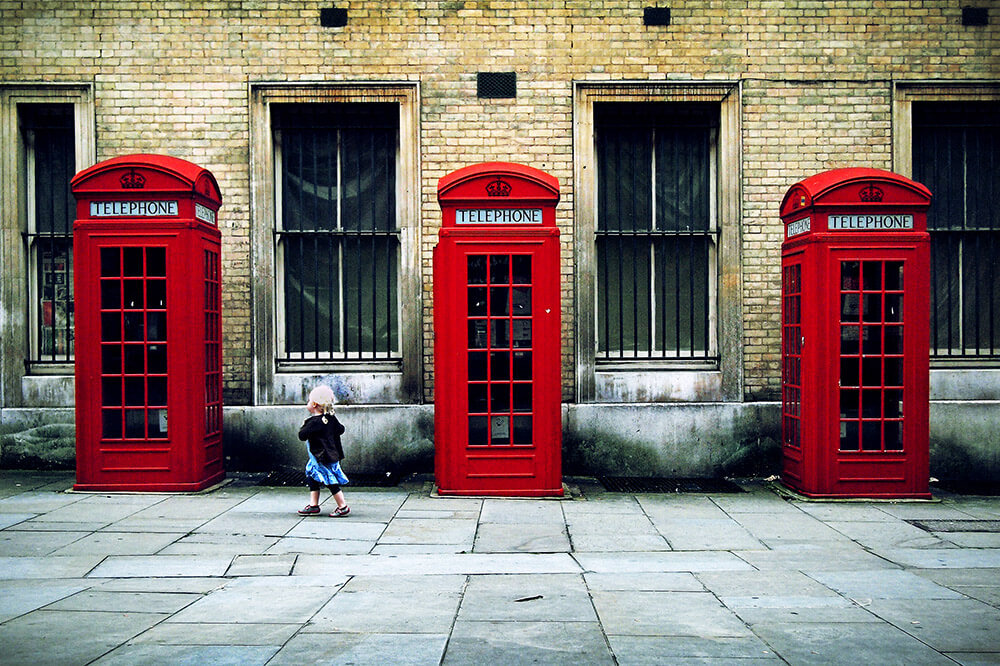The 6-Second Trick For Street Photographers
The 6-Second Trick For Street Photographers
Blog Article
Street Photographers Fundamentals Explained
Table of ContentsThe 2-Minute Rule for Street PhotographersStreet Photographers Fundamentals ExplainedExamine This Report on Street PhotographersStreet Photographers - QuestionsStreet Photographers Things To Know Before You Buy
, a category of photography that documents day-to-day life in a public place. The very publicness of the setting enables the digital photographer to take candid photos of complete strangers, usually without their knowledge. Street digital photographers do not necessarily have a social function in mind, yet they prefer to isolate and record moments which might otherwise go unnoticed.He was affected by many of those that affected the street photographers of the 1950s and '60s, he was not chiefly interested in recording the spirit of the road., that functioned side by side with photographers attempting to record the significance of urban life.

Offered the great quality of his pictures and the breadth of product, designers and artists commonly acquired Atget's prints to use as recommendation for their own work, though business interests were barely his primary inspiration. Rather, he was driven to photo every last residue of the Paris he liked. The mingled enthusiasm and urgency of his goal shine through, causing photographs that tell his very own experience of the city, top qualities that anticipated street photography of the 20th century.
The Best Guide To Street Photographers
They expose the city via his eyes. His job and fundamental understanding of digital photography as an art form worked as motivation to generations of professional photographers that followed. The future generation of road digital photographers, though they likely did not describe themselves because of this, was introduced by the photojournalism of Hungarian-born photographer Andr Kertsz.
Unlike his peers, Brassa used a larger-format Voigtlnder video camera with a longer exposure time, requiring him to be much more calculated and thoughtful in his method than he might have been if using a Leica.
Cartier-Bresson was a champ of the Leica electronic camera and among the initial digital photographers to my latest blog post optimize its capacities. The Leica allowed the professional photographer to engage with the environments and to capture moments as they took place - Street Photographers. Its relatively small size likewise helped the digital photographer discolor right into the history, which was Cartier-Bresson's preferred method
Indicators on Street Photographers You Need To Know
It is due to the fact that of this basic understanding of the art of picture taking that he is often attributed with rediscovering the medium around once more approximately a century since its innovation. He took pictures for more than a half century and influenced generations of digital photographers to trust their eye and intuition in the moment.
These are the concerns I shall try to respond to: And after that I'll leave you with my very own definition of road photography. Yes, we do. Let's kick off with specifying what a meaning is: According to it is: "The act of specifying, or of making something guaranteed, distinctive, or clear".
No, certainly not. The term is both restricting and deceiving. Sounds like why not try here a street photography should be photos of a streets best?! And all road photographers, with the exception of a small number of outright beginners, will completely value that a street is not the key component to street digital photography, and in fact if it's a photo of a street with maybe a couple of dull individuals not doing anything of rate of interest, that's not street digital photography that's a picture of a road.
He makes a valid factor don't you assume? Nonetheless, while I concur with him I'm not sure "honest public digital photography" will certainly catch on (although I do type of like the term "candid digital photography") since "street photography" has actually been around for a long period of time, with many masters' names connected to it, so I believe the term is here to remain.
The Single Strategy To Use For Street Photographers
You can fire at the coastline, at a festival, in a street, in a park, in a piazza, in a coffee shop, at a gallery or art gallery, in a city station, at an occasion, on a bridge, under a bridge ...
Yes, I'm afraid we worried no choice! Without policies we can not have a meaning, and without a definition we do not have a category, and without a genre we do not have anything to define what we do, and so we are stuck in a "policies definition style" loop! - Street Photographers
Examine This Report on Street Photographers

Report this page